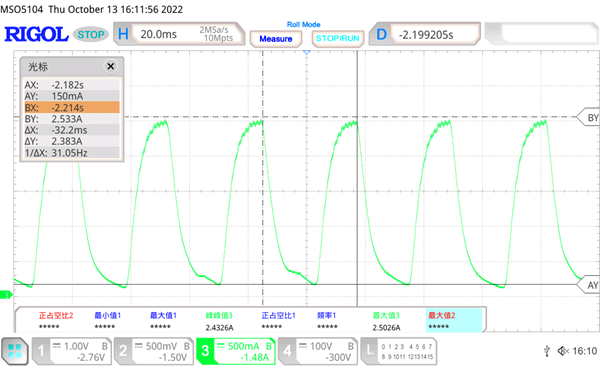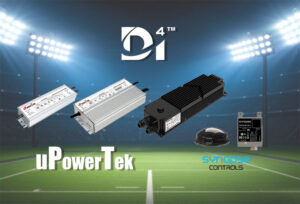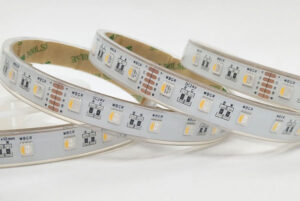Nowadays, sports lighting market is not only looking for ripple free luminaires, but also the capability to realize quick flashing or blinking effects. The target is normally 20-30 fps (frames per second), then how to achieve such a high flash rate?
RDM/DMX512 Control Protocol
In 1998 ESTA (Entertainment Services and Technology Association) in USA started working on DMX and, in 2004, DMX was approved by ANSI as the Asynchronous Serial Digital Data Transmission Standard for Controlling Lighting Equipment and Accessories. DMX is a one-way broadcasting protocol but very fast so it is frequently used in stage lights.
RDM can be regarded as the new generation of DMX512 that allows for bidirectional communication over DMX512-A cable through a twisted pair of wires that are connected to pins 2 and 3. It requires intelligent DMX splitters that can monitor the data for a command that reverses the direction of a cable. The same pair of wires transfers data from the controllers to the receivers.

High Power Non-isolated LED Driver
Non-isolated driver utilizes the topologies like buck, buck-boost or boost which do not have the transformer inside to transfer the energy, so it has much quicker dynamic ability than isolated drivers which uses the topologies like flyback, forward or half bridge. In comparison, using the same control scheme, non-isolated driver control loop response time can be 3-5 times less than isolated.
Using uPowerTek BLK or SLK non-isolated LED drivers, it is quite easy to realize 30fps quick flashing effect as below LED current waveform shows.

Summary
High flashing rate is a new market demand in sports lighting industry while using non-isolated driver is the key to open this market. For more information please contact with sales@upowertek.com.





